Embracing GPT Vision in K-12 Education: A Revolutionary Tool for K-12 Teachers
Hello, fellow educators! As a seasoned university educator myself, deeply entrenched in the world of AI and its educational applications, I’m thrilled to explore the burgeoning realm of GPT Vision in K-12 education.
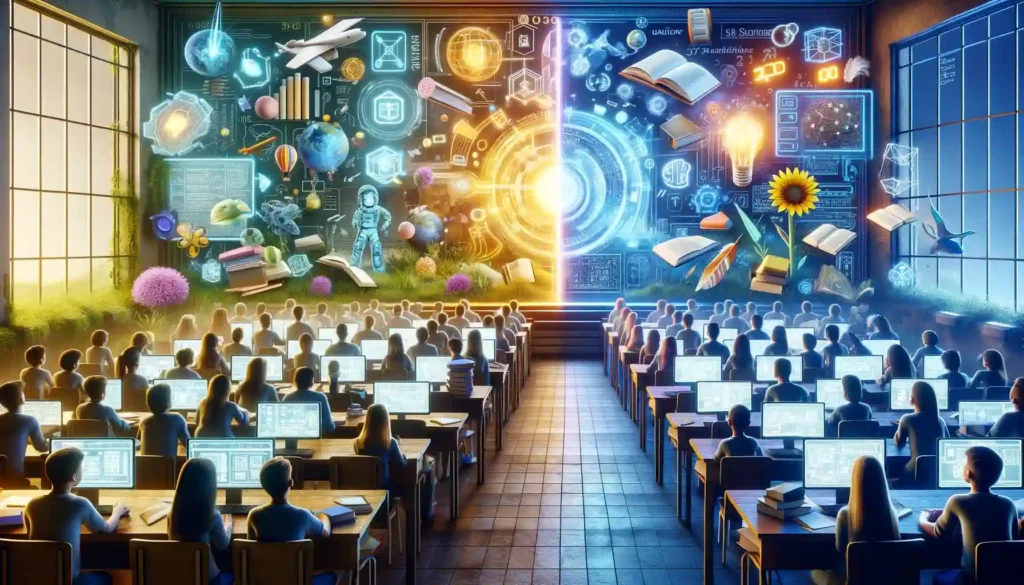
In this journey, we’ll discover how this cutting-edge technology is not just a flashy gadget but a transformative tool for our classrooms.
GPT Vision, a branch of the ever-evolving AI universe, is making waves in educational circles, particularly in K–12 settings. But why should we, as educators, pay attention? The answer lies in its potential to revolutionize the way we teach and how our students learn.
The Essence of GPT Vision: More Than Just AI
At its core, GPT Vision is an AI technology adept at understanding and interpreting images. Think of it as a tech-savvy assistant in your classroom, one that can look at any image—from historical photos to science diagrams—and provide insightful, context-rich explanations. This capability is a game-changer in how we use visual aids in education.
The Leap from Static Images to Dynamic Learning
GPT Vision is not about replacing traditional teaching methods but enhancing them. It’s about turning static textbook images into interactive, dynamic learning experiences.
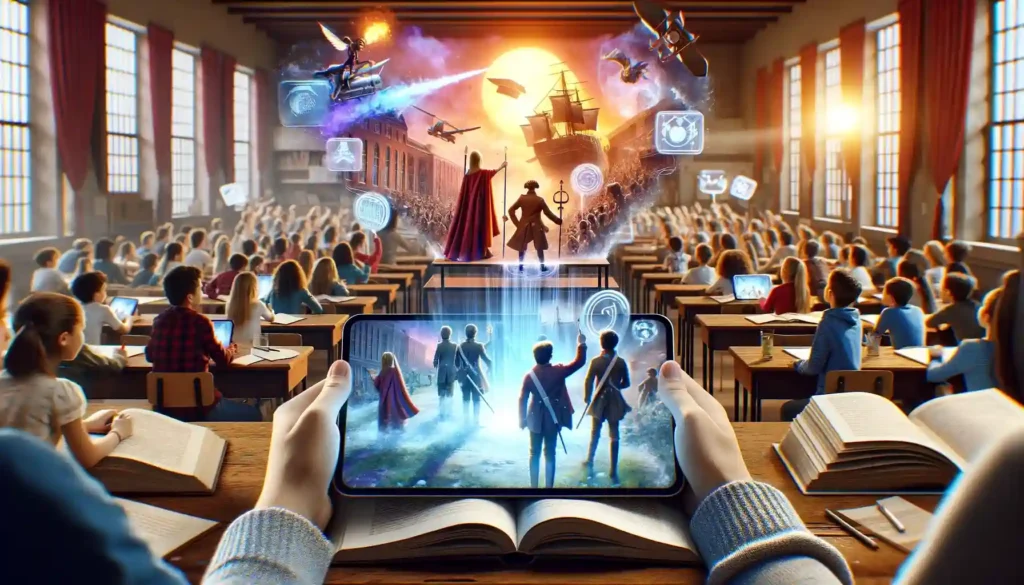
Imagine a history class where students can scan an image of a historical event and receive an instant, in-depth narration of its significance. Or a biology lesson where diagrams come to life, explaining complex processes in student-friendly language.
GPT Vision in K-12 Education: More Than a Trend
As educators, we’re no strangers to the influx of new technologies claiming to be the “next big thing” in education. However, GPT Vision stands out for its practicality and adaptability in the classroom. It’s not just a trend; it’s a tool that can genuinely make learning more engaging, accessible, and fun for our students.
In the coming sections, we’ll delve deeper into the practical applications of GPT Vision in K-12 education, explore real-life examples, and provide you with actionable strategies to integrate this technology into your teaching repertoire. Stay tuned, and let’s explore the magic of GPT Vision together! 🌟
The Power of GPT-4 Vision in Education
Incorporating GPT-4 Vision in K-12 education aligns seamlessly with the growing emphasis on interactive learning. Research from Carnegie Mellon University highlights that active, engaging learning methods, which include interactive activities and AI-enhanced technologies, result in significantly improved academic performance compared to traditional lectures.
This approach to learning emphasizes hands-on, minds-on, and hearts-on techniques, offering emotional and social support alongside educational content.
Interactive Learning: A Cornerstone for Modern Education
The integration of AI technologies like GPT-4 Vision in K–12 classrooms can facilitate this active learning environment. By analyzing and interpreting images, GPT-4 Vision can create interactive and engaging learning experiences.
For example, in a science class, students might interact with AI to explore and understand complex diagrams, making the learning process more dynamic and hands-on.
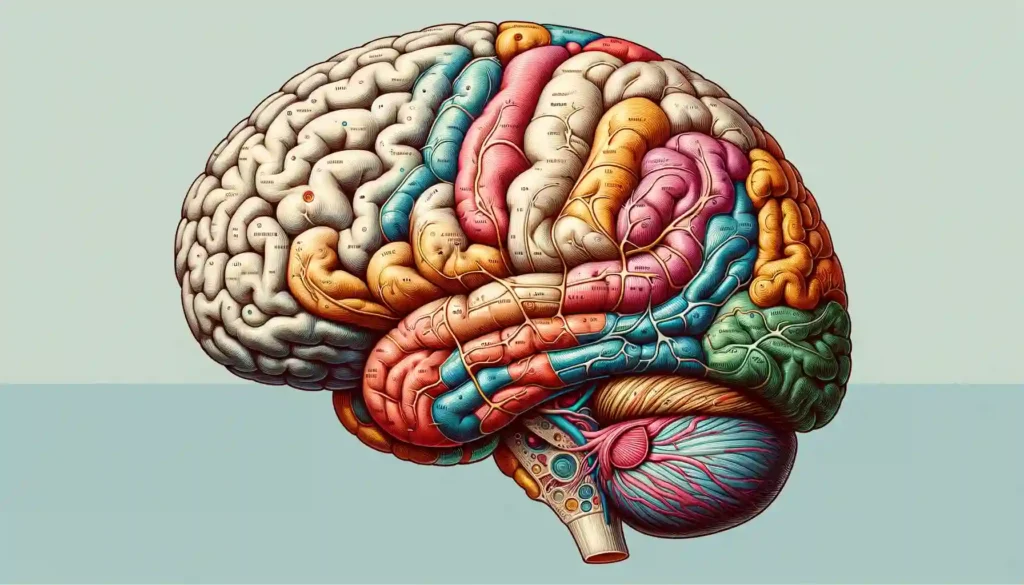
This approach aligns with the findings that active learning techniques, which encourage student participation and feedback, lead to better outcomes than traditional passive learning methods.
A Future Driven by AI and Interaction
The transition to interactive learning, supported by AI tools like GPT-4 Vision, represents a significant shift in educational methodologies. It moves away from conventional rote learning to a more engaging, holistic approach that resonates with the diverse learning styles of students.
The emphasis on interaction, critical thinking, and hands-on experiences not only enhances knowledge retention but also prepares students for a technologically advanced world where adaptability and problem-solving skills are paramount.
For more detailed insights into the importance of interactive learning in the K-12 environment, visit ScienceDaily.
Transforming Textbook Images into Interactive Experiences
In the digital age, where students are increasingly tech-savvy, traditional teaching methods, particularly the use of static images in textbooks, are facing a challenge to remain engaging and effective.
This is where GPT-4 Vision steps in, offering a revolutionary way to transform these static images into vibrant, interactive learning experiences. By integrating AI technology into education, we’re not just enhancing the learning process; we’re redefining it.
The GPT-4 app is a tool that breathes life into textbook visuals, making them not just a part of the background but a central, interactive element of the learning experience. Let’s explore how educators can harness this technology to create a more dynamic classroom environment.
A Step-by-Step Guide for Educators
- Download the App: Start by installing the GPT-4 app on your smartphone or iPad.
- Select Images: Choose engaging images from textbooks.
- Capture the Image: Open the app and use the camera feature to snap a photo of the textbook image.
- Ask Questions: Type or speak queries related to the image into the app.
- Interactive Insights: The app will provide detailed explanations, additional information, or interactive quizzes.
- Student Engagement: Use this content to create dynamic, interactive classroom sessions.
- Feedback and Adaptation: Adapt your teaching approach based on student feedback.
Bringing Textbook Images to Life: Examples
- Science Diagrams: Turn a cell diagram into a detailed exploration of cell components.
- Historical Photos: Transform a photo from history into a vivid debate session.
- Mathematical Graphs: Convert graphs into interactive problem-solving exercises.
This approach revitalizes traditional textbook content, making learning more engaging and accessible.
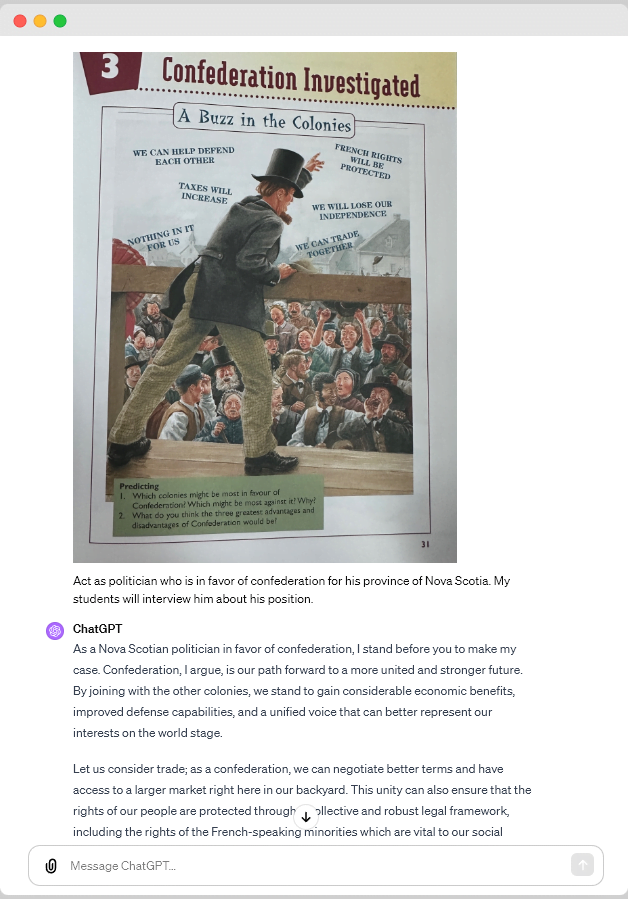
Interactive Quizzes from Images
Techniques for Creating Quizzes Using GPT-4 Vision
- Image Analysis: Use GPT-4 Vision to analyze textbook images.
- Generating Questions: Formulate quiz questions based on details recognized by the AI.
- Customization: Tailor questions to different difficulty levels and learning objectives.
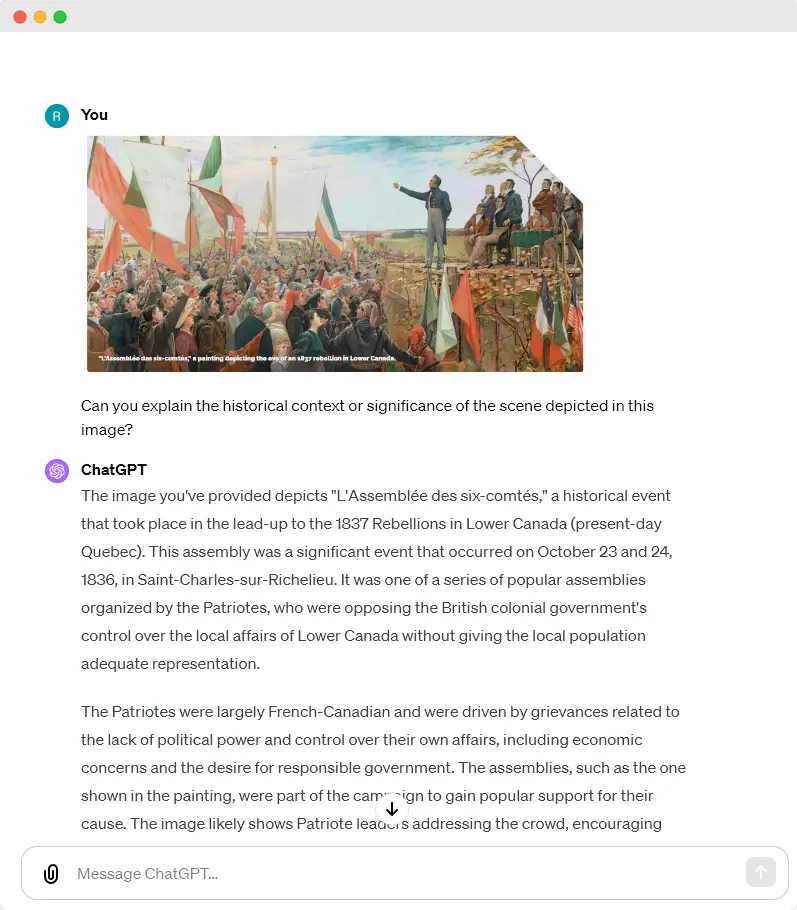
Quiz Formats and Question Types
Multiple Choice: For a diagram of a plant cell, ask questions about cell parts.
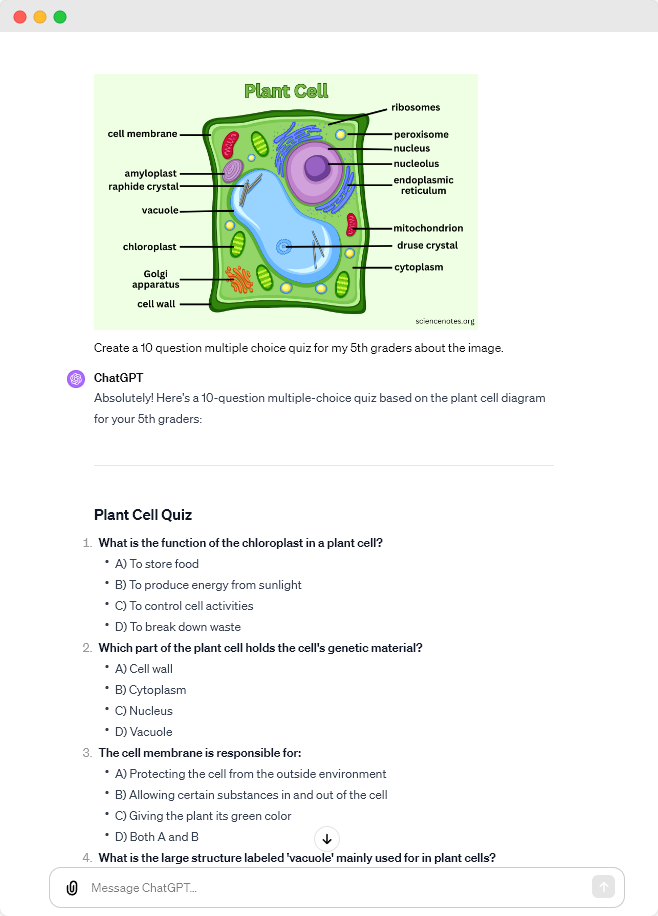
True/False: Based on historical images, questions about events or figures.

Short Answer: Interpreting data from a graph.
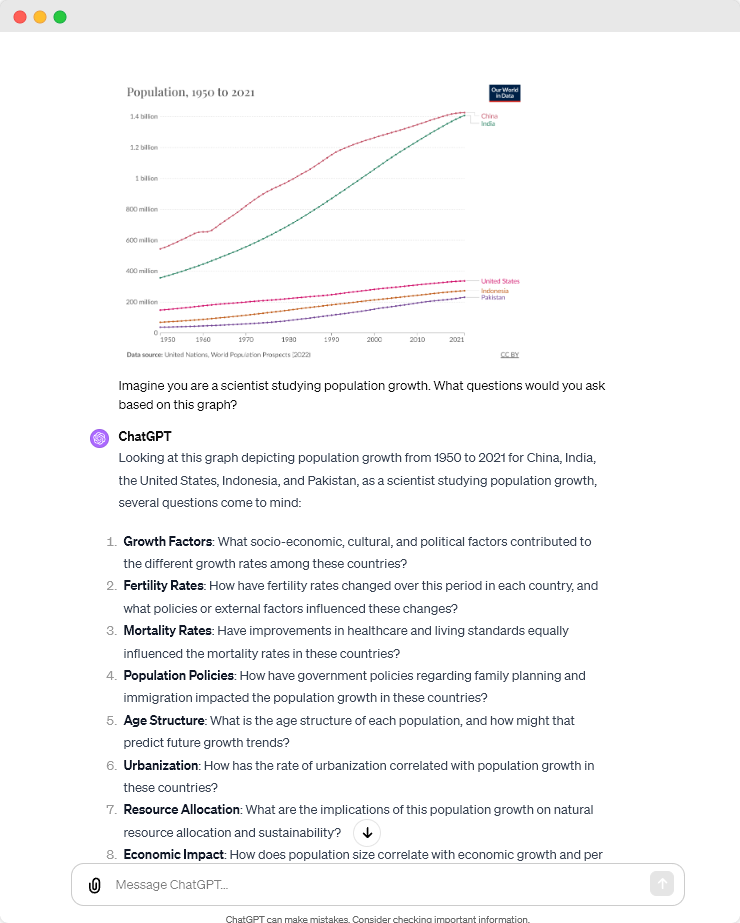
Overcoming Challenges and Limitations
Incorporating GPT-4 Vision in education brings immense potential, but it’s not without its challenges. Let’s navigate these waters carefully to ensure a responsible and effective use of this technology.
Addressing Ethical and Legal Concerns
- Respecting Intellectual Property and Privacy: Be mindful of using images that may infringe on copyrights or privacy rights. Always seek permission for use or opt for royalty-free or educational-use images.
- Quality Control: Understand that GPT-4 Vision might sometimes produce inaccurate or inappropriate content. It’s essential to review and verify the information before classroom use.
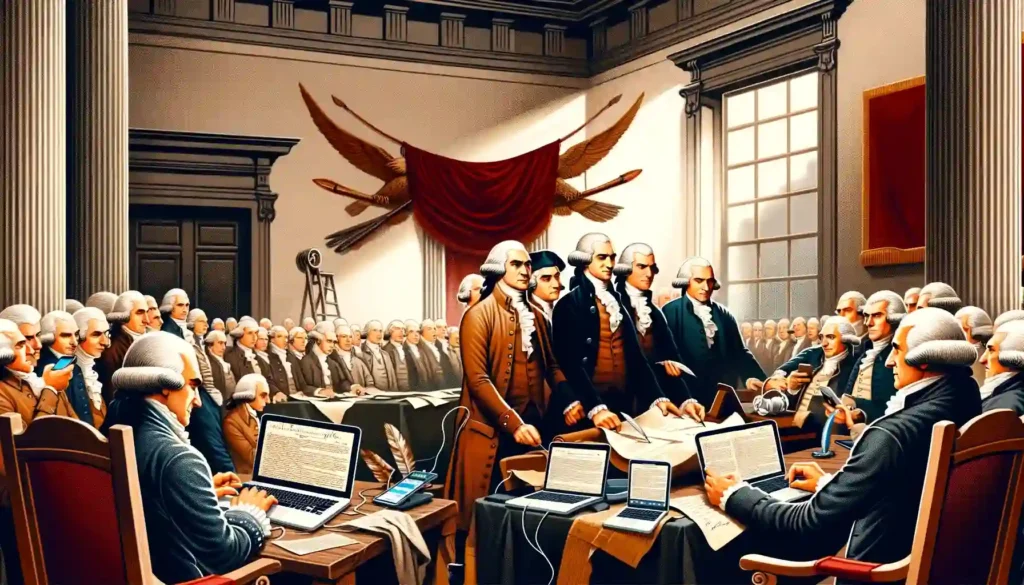
Solutions for Responsible Use
- Inspiration and Exploration: Use GPT-4 Vision as a starting point for discussion and exploration rather than as the sole source of information. Encourage students to engage critically with the content.
- Combining Resources: Enhance GPT-4 Vision’s output by integrating it with existing educational materials like videos and diagrams, providing a richer and more rounded learning experience.
Tips for Educators and Learners
- Educators: Set clear guidelines on the use of GPT-4 Vision, outlining its purpose, benefits, and limitations. Stress the importance of ethical and legal considerations in its use.
- Learners: Approach GPT-4 Vision as a creative tool to augment learning. It should complement, not replace, critical thinking and independent research.
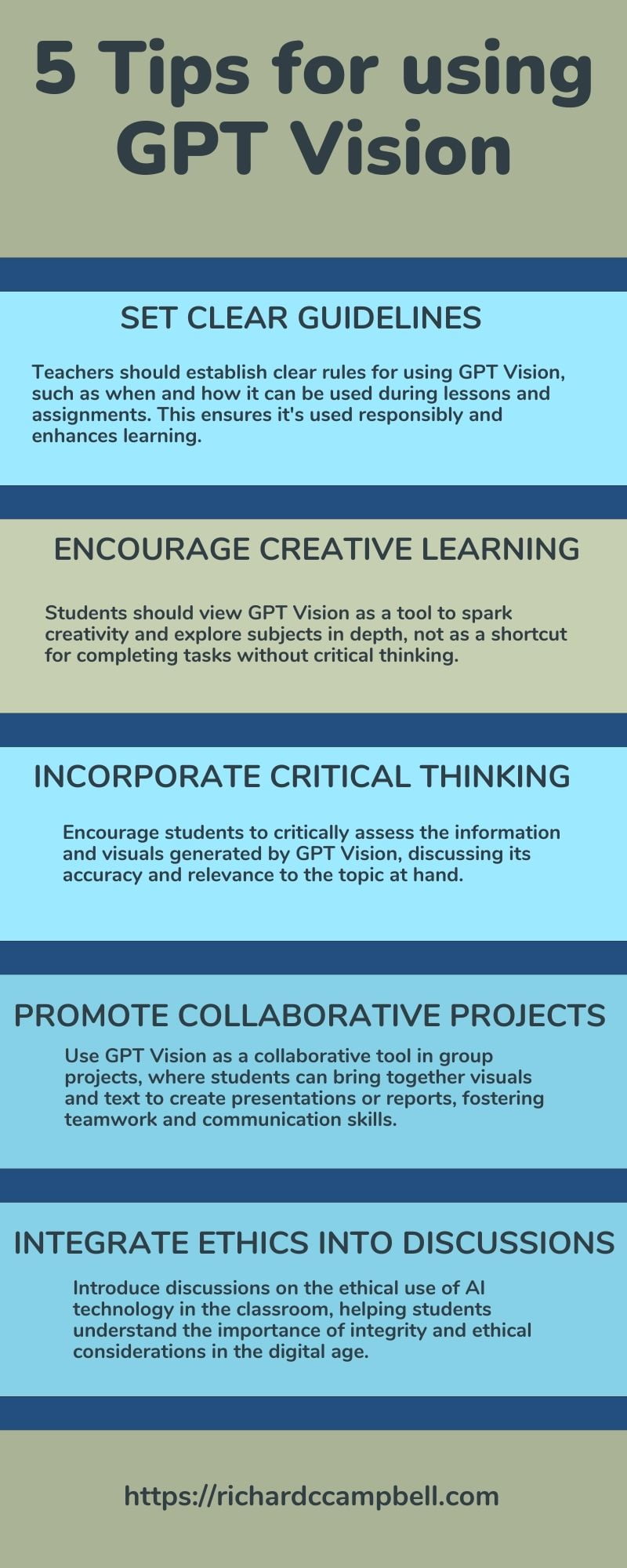
By addressing these challenges head-on, we can harness GPT-4 Vision’s power to enrich K-12 education while maintaining high educational and ethical standards.
Future of AI in K-12 Education
The landscape of K-12 education is rapidly evolving, thanks to the integration of AI technologies like GPT-4 Vision. This shift is not just about technology adoption but also about reshaping educational paradigms to be more equitable and effective.
AI Transforming Education
AI is revolutionizing education by personalizing learning experiences, enhancing assessments, and improving access. It supports teachers by automating tasks, allowing more time for personalized student engagement.
UNESCO’s “Artificial Intelligence and the Futures of Learning” project is a testament to this transformation, addressing both human and technological aspects of AI in learning.
AI Trends in K-12 Education for 2023-2024
Current trends indicate a focus on sustaining school device lifecycles and integrating AI technology to assist teachers. AI is increasingly being seen as a critical tool in classrooms, aiding educators in various aspects of teaching and learning.
The Evolving Role of AI Tools in Education
Tools like GPT-4 Vision are expanding their reach in educational settings, offering new ways to visualize concepts and enhance creativity. However, they bring challenges, including ethical and legal considerations around content generation.
It’s essential to approach these tools with a critical eye, ensuring content quality and reliability.
UNESCO’s Role and Guidance
UNESCO has stepped in with its first global guidance on generative AI in education, focusing on implementing immediate actions, planning long-term policies, and developing human capacity. This guidance is aimed at ensuring a human-centered approach to these new technologies.
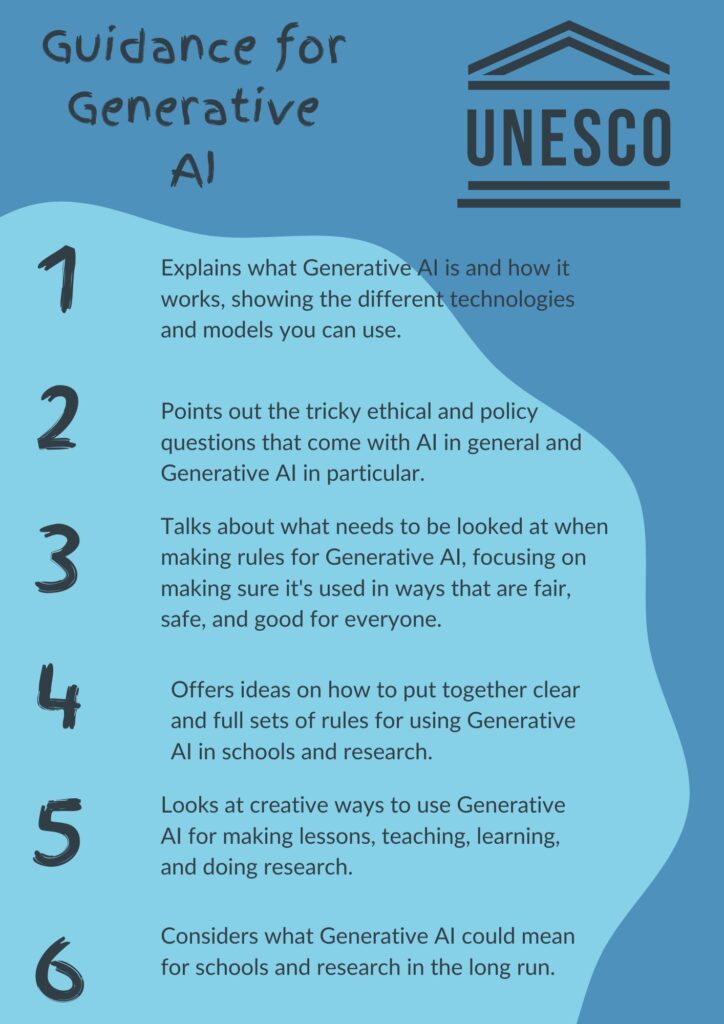
Educators at the Forefront
Educators remain pivotal in integrating AI into classrooms. They’re not just teaching AI-related topics; they’re also developing their competencies in areas like data literacy and AI collaboration.
By doing so, they are preparing students for a future where AI proficiency is crucial, navigating the complexities of AI with a focus on ethical implications, social impact, and technical aspects.
The future of AI in K-12 education is promising and challenging, requiring careful navigation to harness its full potential responsibly.
Conclusion
This article has explored the exciting possibilities that GPT-4 Vision offers in K-12 education. From transforming static textbook images into interactive experiences to the potential of AI in personalizing and enhancing the learning process, we’ve delved into how this technology can revolutionize teaching and learning.
The transformative potential of AI in education is vast, promising a future where learning is more engaging, accessible, and tailored to individual needs.
Call to Action
I encourage my fellow educators to experiment with GPT-4 Vision in their classrooms. Share your experiences and insights on using AI in education. Your feedback and suggestions are invaluable for integrating these innovative tools into our educational practices effectively.
Let’s collaborate to shape a future where AI not only supports but enhances our teaching and our students’ learning experiences.
FAQs on GPT Vision in K-12 Education
What is GPT Vision in K-12 Education?
GPT Vision is an AI technology that interprets and interacts with images, enhancing learning in K–12 classrooms by making static images interactive and informative.
How can GPT Vision be integrated into K-12 classrooms?
Educators can use GPT Vision to bring textbook images to life, create interactive quizzes, and develop augmented reality experiences, thus enhancing student engagement and understanding.
What are the benefits of using GPT Vision in K-12 education?
GPT Vision offers personalized learning experiences, makes complex concepts more accessible, and engages students through interactive and immersive content.
Are there any challenges in implementing GPT Vision in schools?
Challenges include ensuring the accuracy and appropriateness of AI-generated content, addressing ethical and legal concerns, and training educators to use this technology effectively.
Can GPT Vision cater to different learning styles?
Yes, GPT Vision’s versatility allows it to cater to various learning styles, including visual, auditory, and kinesthetic, by transforming static content into dynamic learning experiences.
What is the future of GPT Vision in K-12 education?
The future looks promising, with GPT Vision potentially leading to more personalized, engaging, and inclusive learning experiences, though it will require continuous development and responsible implementation.









Recent Comments